
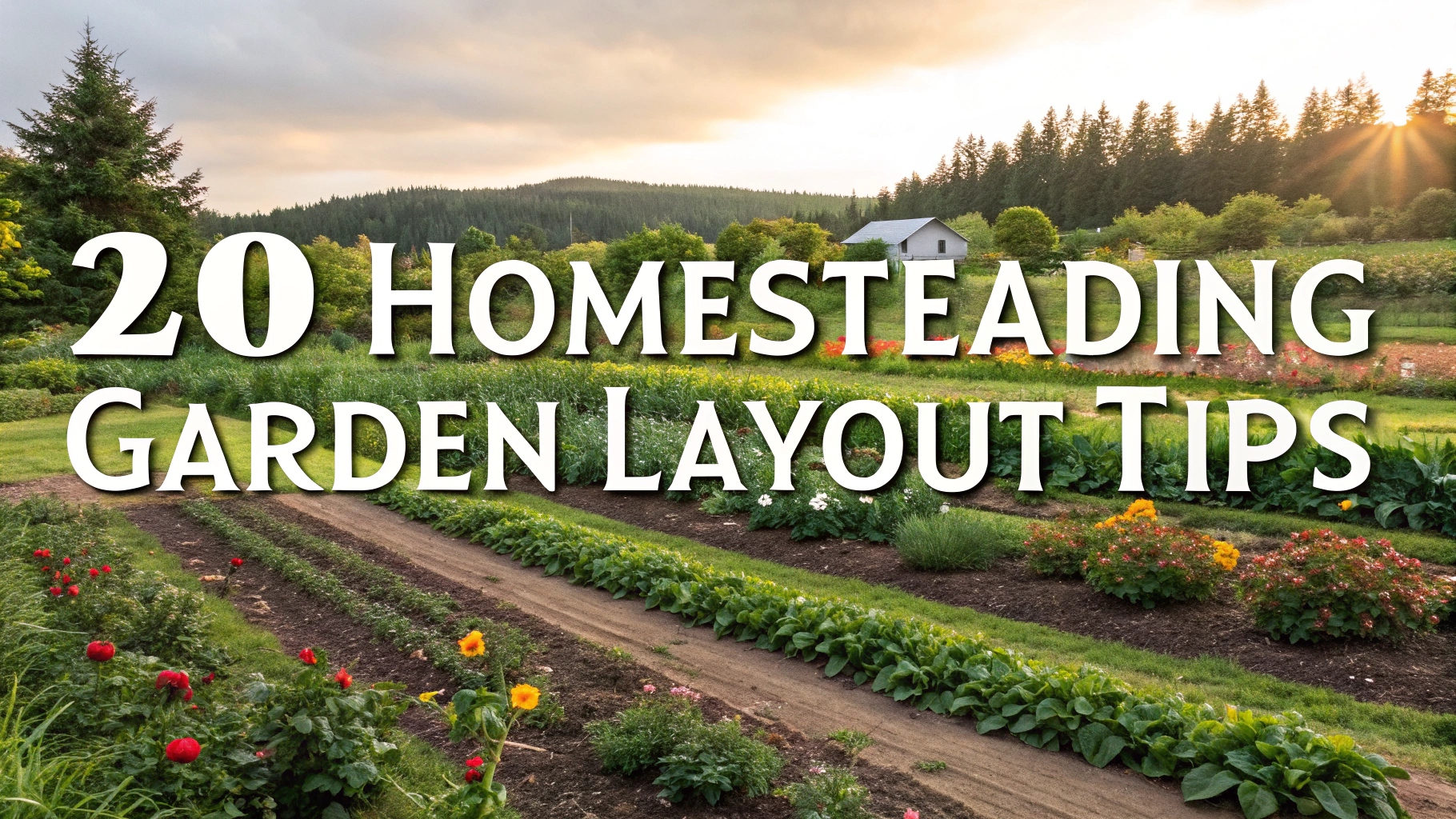
Creating a homesteading garden isn’t just about planting seeds; it’s an art that combines aesthetics with practicality. Whether you’re growing vegetables, herbs, or flowers, the layout of your garden can significantly affect yield and maintenance.
In this listicle, we’ll explore 20 essential tips for crafting an efficient and beautiful garden layout that fits the homesteading lifestyle. Get ready to transform your outdoor space into a flourishing homestead with these inspiring ideas!
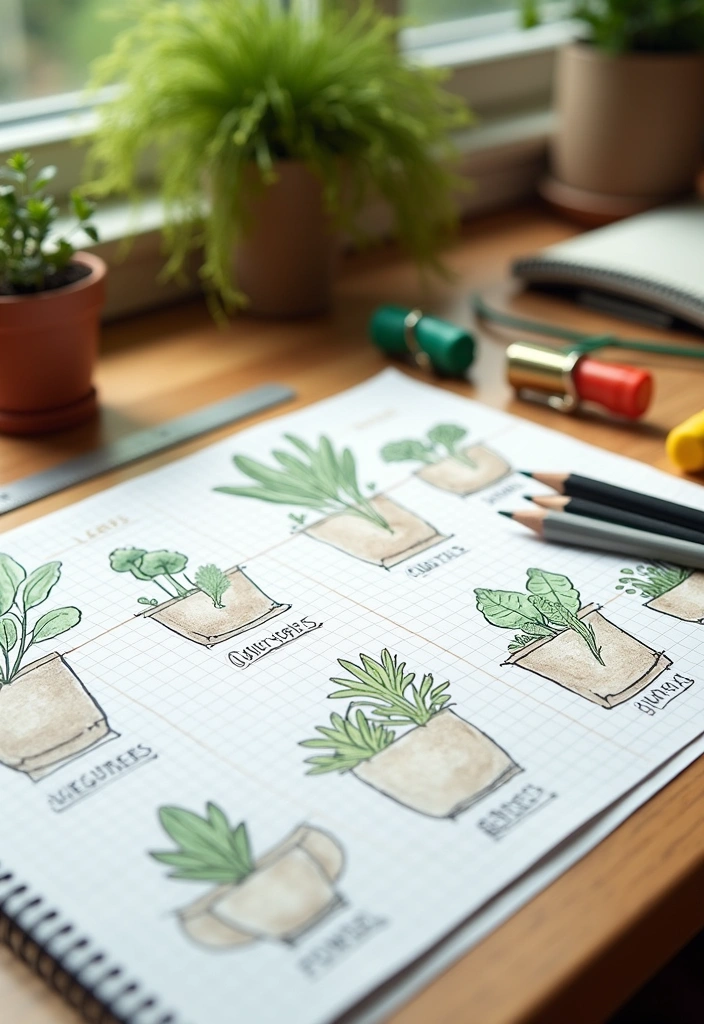
Before you dig into the soil, having a solid garden plan is crucial. Mapping out your garden layout on paper allows you to visualize the space and determine what plants will thrive together.
Consider elements such as sunlight, water access, and soil quality as you organize your garden. You can create designated areas for vegetables, herbs, and flowers, ensuring that each plant has adequate space to grow. Also, think about pathways for easy access while maintaining the aesthetic beauty of your garden. A well-thought-out plan will set you up for success!
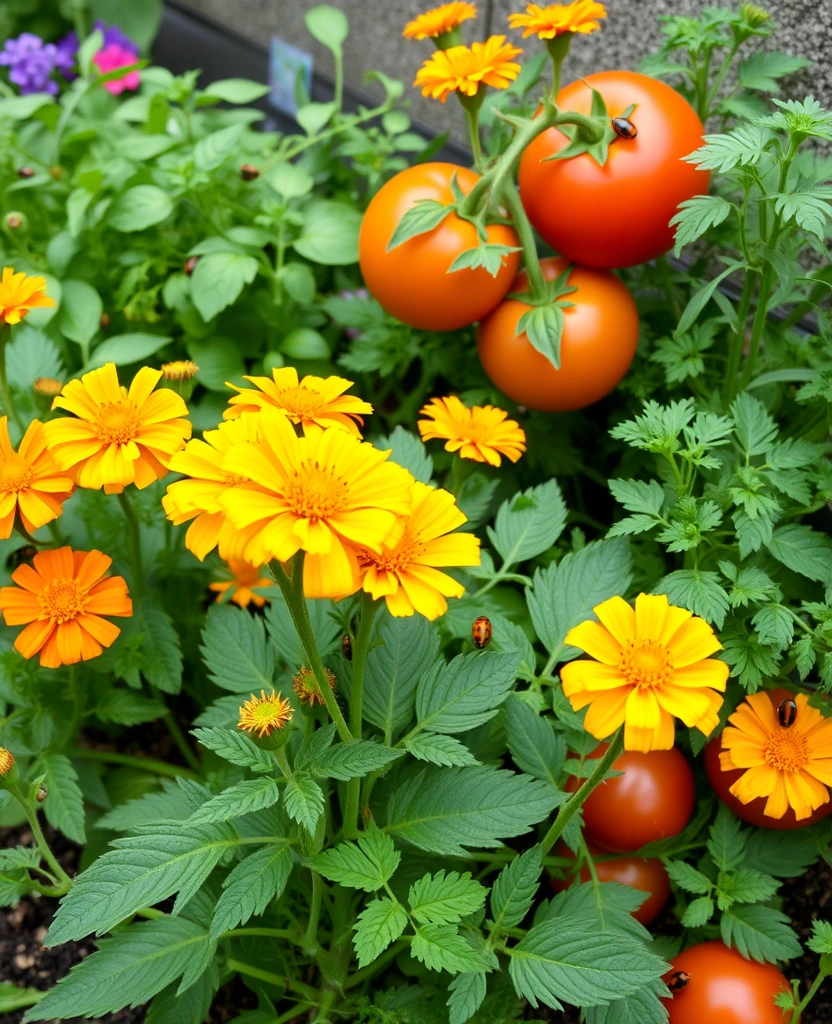
Companion planting is the practice of planting different crops in proximity for mutual benefit. Certain plants repel pests, attract beneficial insects, or enhance the growth of neighboring plants.
For example, planting marigolds alongside tomatoes can help deter nematodes and other pests. Similarly, basil is known to enhance the flavor of tomatoes while also repelling flies and mosquitoes. Incorporating companion planting in your layout not only maximizes space but also promotes a healthier garden ecosystem.
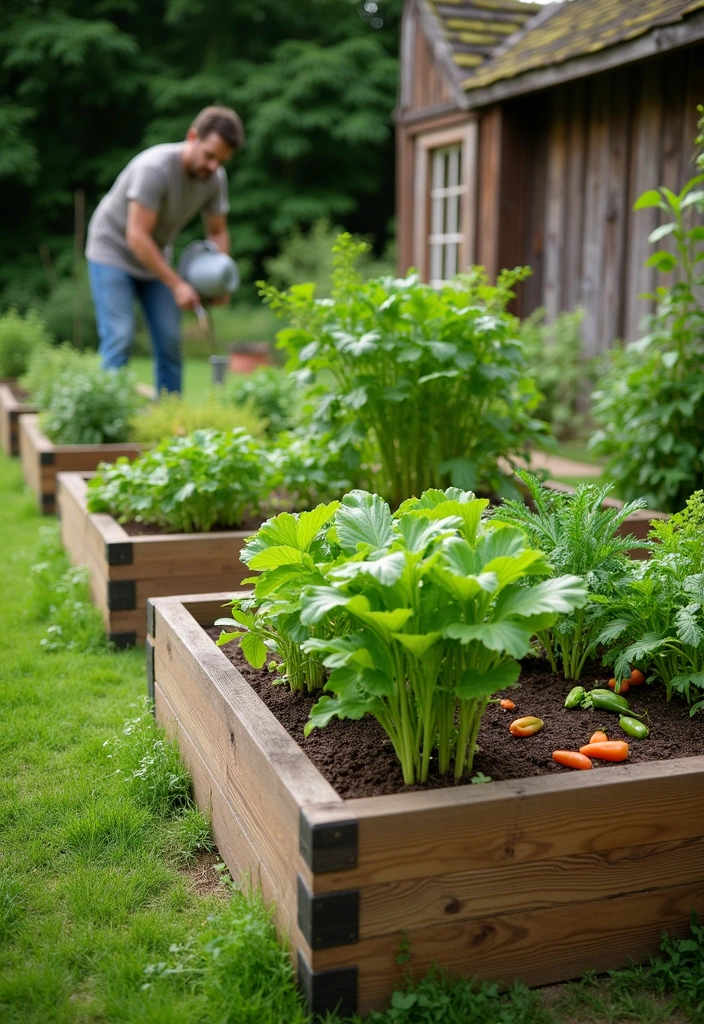
Raised garden beds are a fantastic option for homesteaders looking to optimize their garden layout. These beds are not only aesthetically pleasing but also improve soil drainage and reduce the risk of soil compaction.
You can customize the height and width of the beds according to your needs, making them accessible for all gardeners. Additionally, raised beds can extend your growing season by warming the soil faster in spring and providing better drainage in heavy rain.
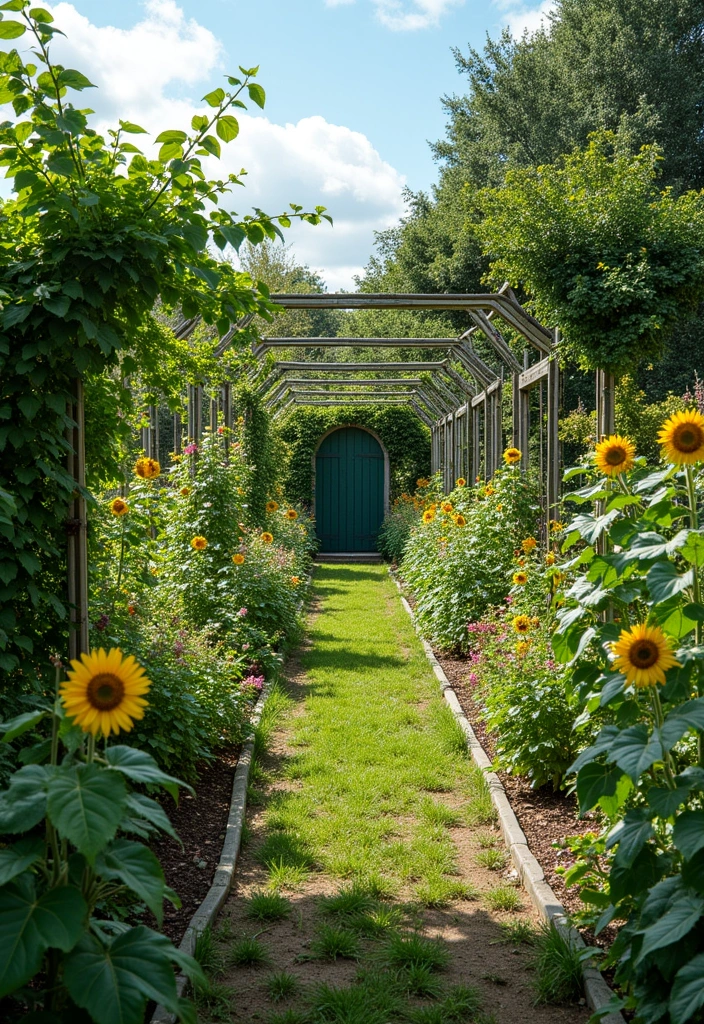
Microclimates are small areas within your garden that have different climatic conditions than the surrounding area. By strategically placing plants, you can create these variations to enhance plant growth.
For instance, using trellises to provide shade for heat-sensitive plants or clustering taller plants to protect shorter ones can make a significant difference. Utilizing walls, fences, or even large rocks can help create these microclimates, allowing for a diverse array of plants to thrive in your garden.
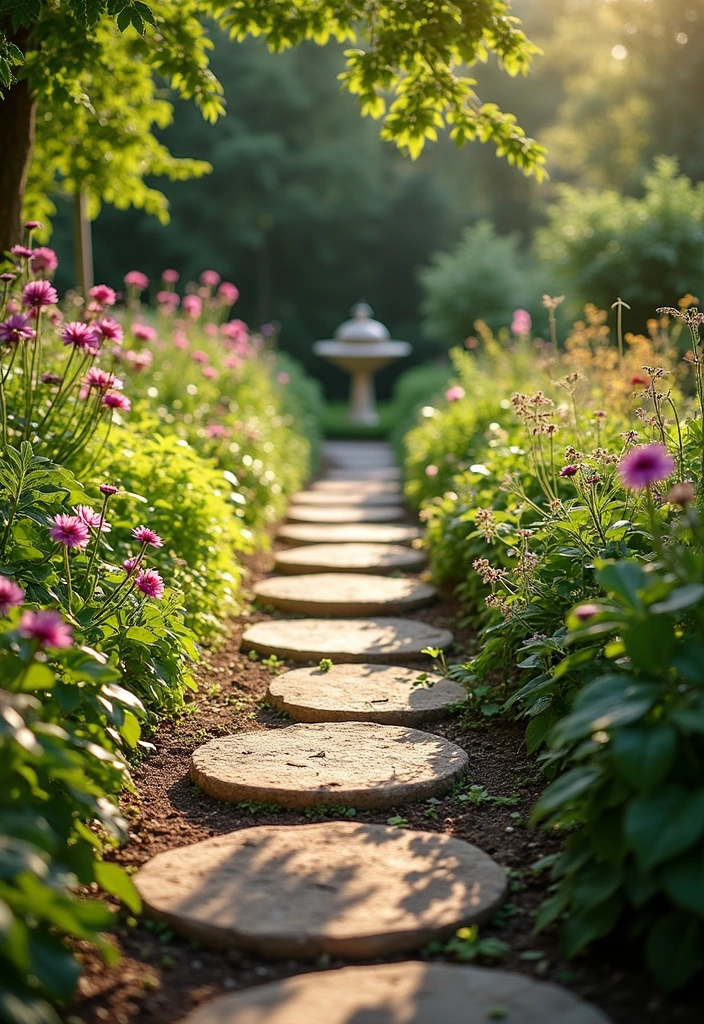
Pathways are crucial for maintaining the beauty and functionality of your garden. They provide access for watering, harvesting, and maintenance without trampling on plants.
Consider using materials like gravel, wood chips, or stepping stones to create visually appealing pathways that complement your garden’s aesthetic. Additionally, a well-defined path can help organize your garden layout, making it easier to navigate through different sections.
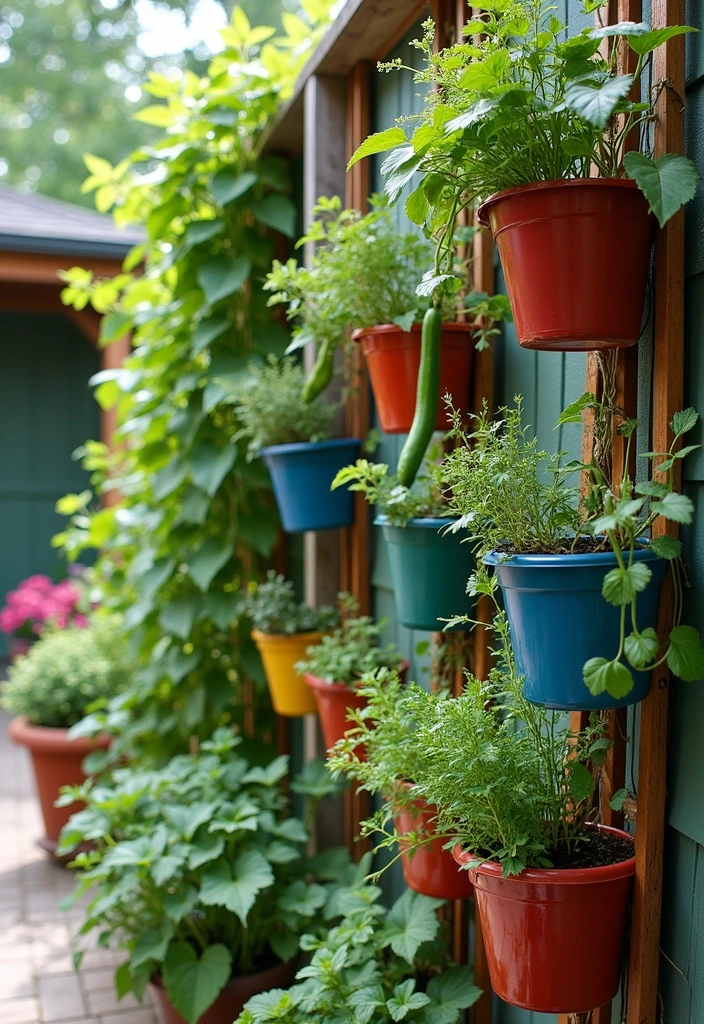
Vertical gardening is an excellent way to maximize space, especially in smaller homesteads. By growing plants upwards on trellises, fences, or wall-mounted planters, you can create a lush environment without taking up much ground space.
This technique is particularly effective for crops like peas, beans, and cucumbers. Not only does vertical gardening save space, but it also makes harvesting easier and improves air circulation, which can lead to healthier plants.
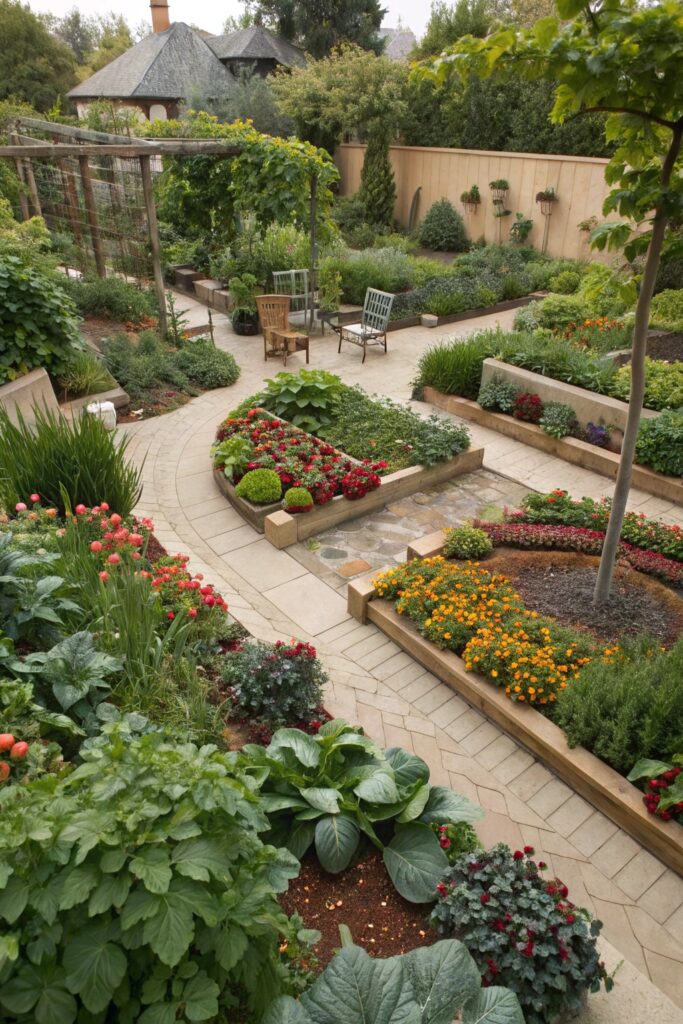
Edible landscaping combines aesthetics with practicality, allowing you to incorporate food-producing plants into your overall landscape.
Consider replacing traditional ornamental plants with edible varieties like berry bushes, fruit trees, or flowering herbs. This approach not only enhances the beauty of your garden but also provides fresh produce right at your doorstep, making your homesteading lifestyle more sustainable.
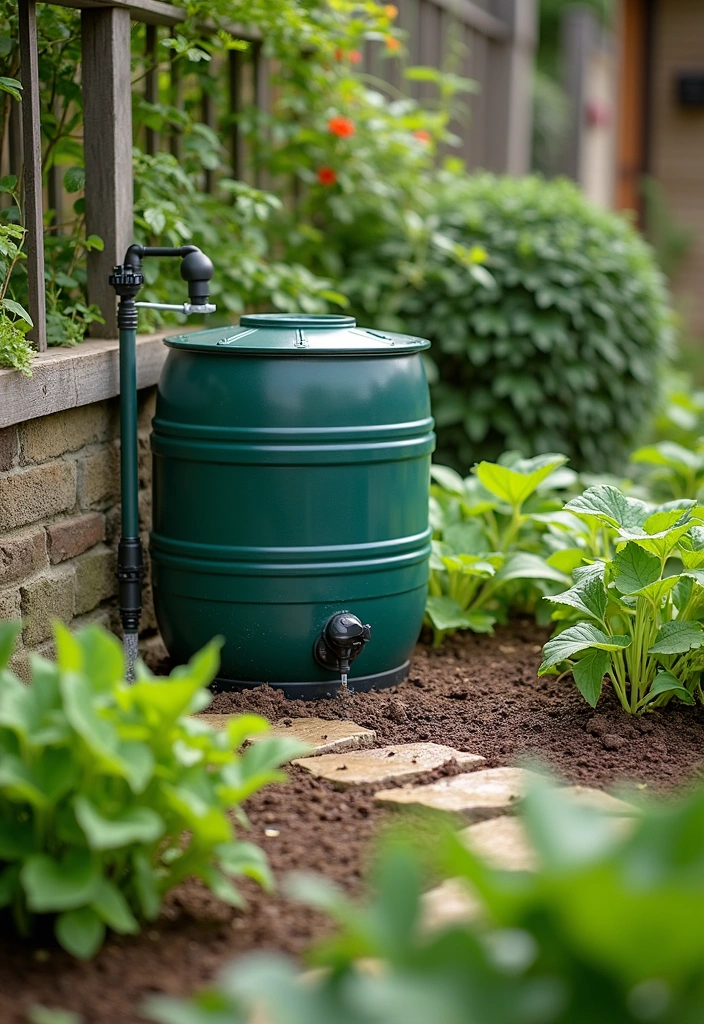
Water management is essential in creating a successful garden layout. Incorporating elements like rain barrels, drip irrigation systems, or swales can help conserve water and ensure your plants receive adequate moisture.
Position your garden beds to take advantage of natural water flow, and mulch around plants to retain soil moisture. Planning for water management not only supports healthy plant growth but also promotes sustainability in your homesteading practices.
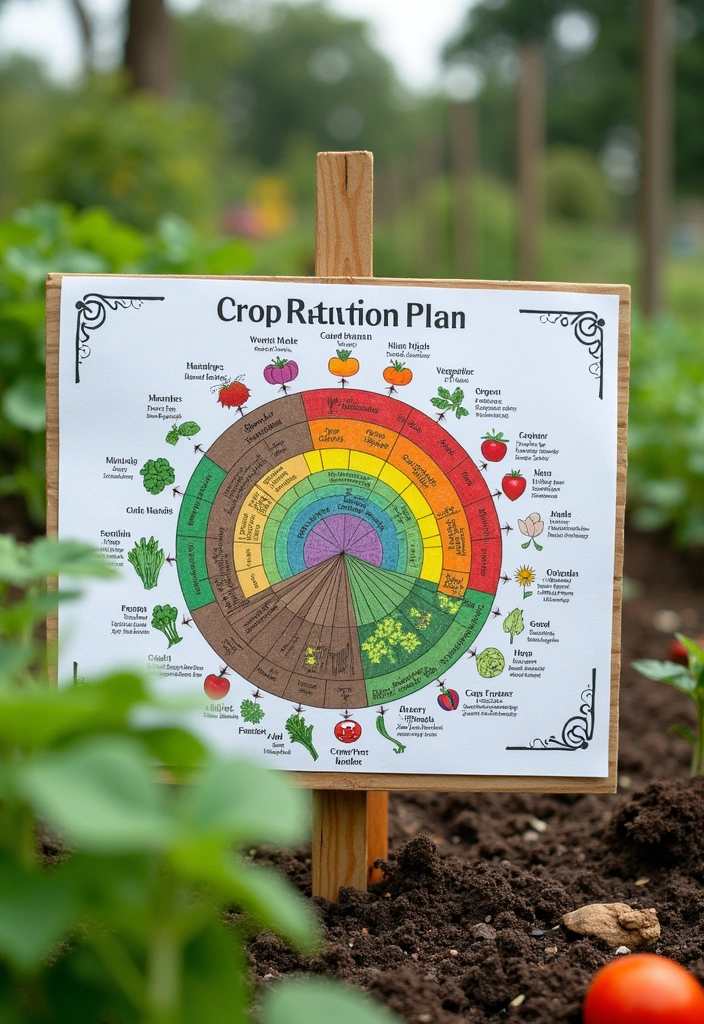
Rotating your crops each season is vital for maintaining soil health and preventing pests and diseases. By planning a rotation system in your garden layout, you can ensure that different plants are grown in various locations each year.
This practice helps replenish nutrients, reduces soil compaction, and enhances biodiversity. Establish a cycle that works for your garden, and keep track of plant placements to maximize your yield over time.
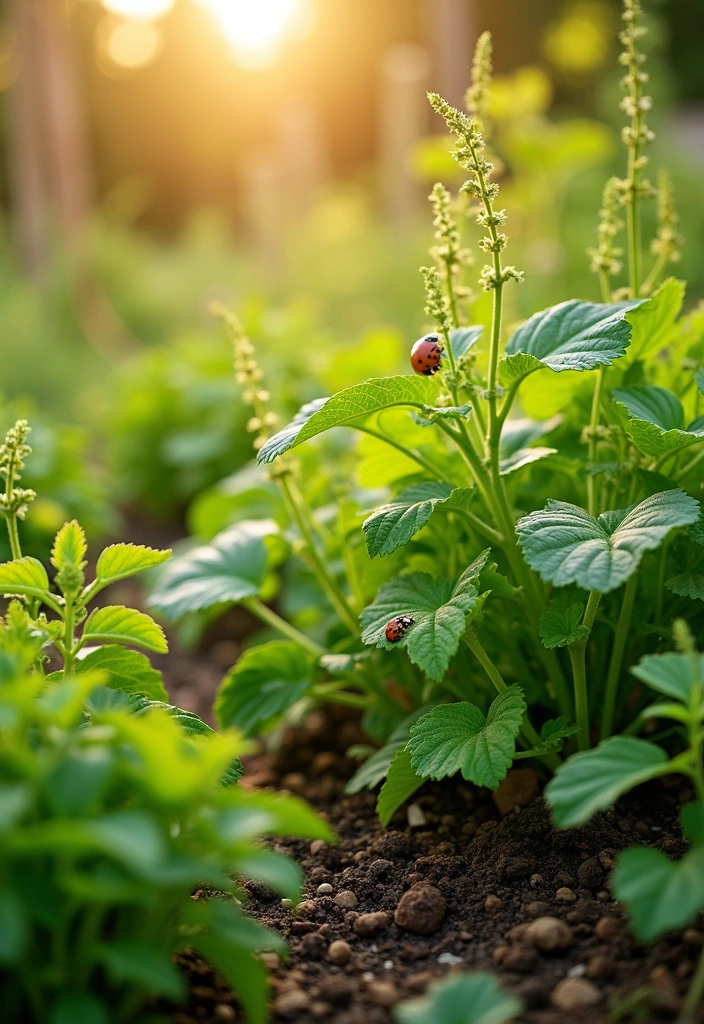
Integrating natural pest control methods into your garden layout can minimize chemical use while promoting a healthy ecosystem.
Planting pest-repelling plants like garlic, chives, and marigolds can deter unwanted insects. Additionally, attracting beneficial insects like ladybugs and lacewings can help keep pest populations in check. Designing your garden with these principles in mind will not only protect your crops but also create a thriving environment.
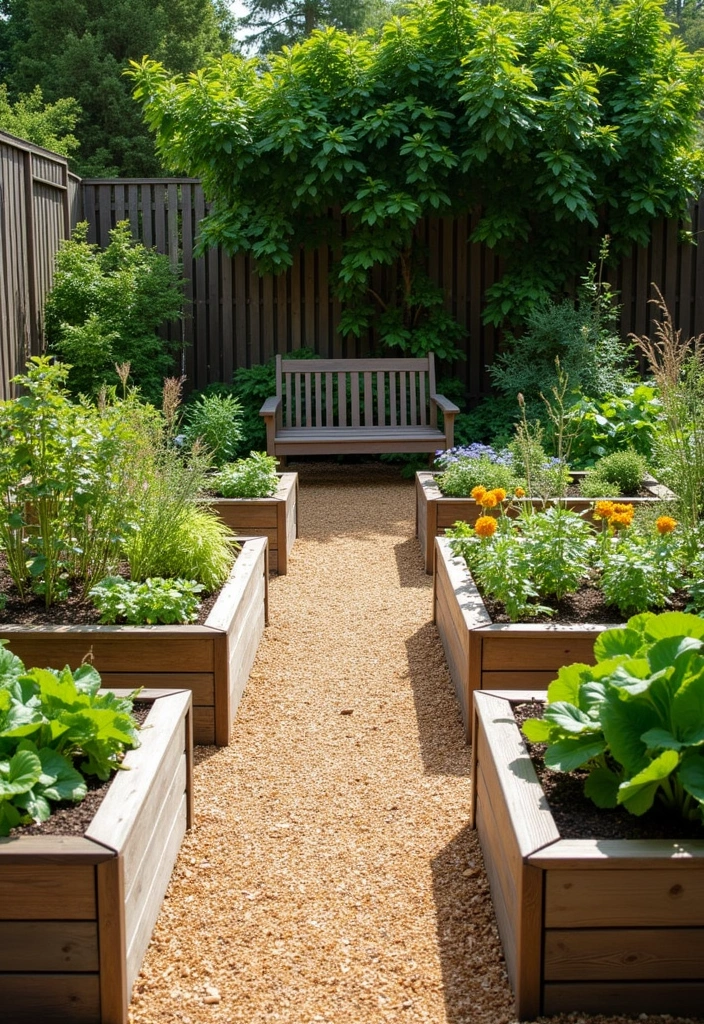
Designing your garden layout with accessibility in mind ensures that everyone can enjoy gardening, regardless of physical limitations. Consider raised beds that are higher off the ground or wide pathways that allow for easy maneuvering.
Incorporating seating areas within the garden can provide rest spots for gardeners. A thoughtful layout enhances not just ease of access but also the overall experience of gardening.
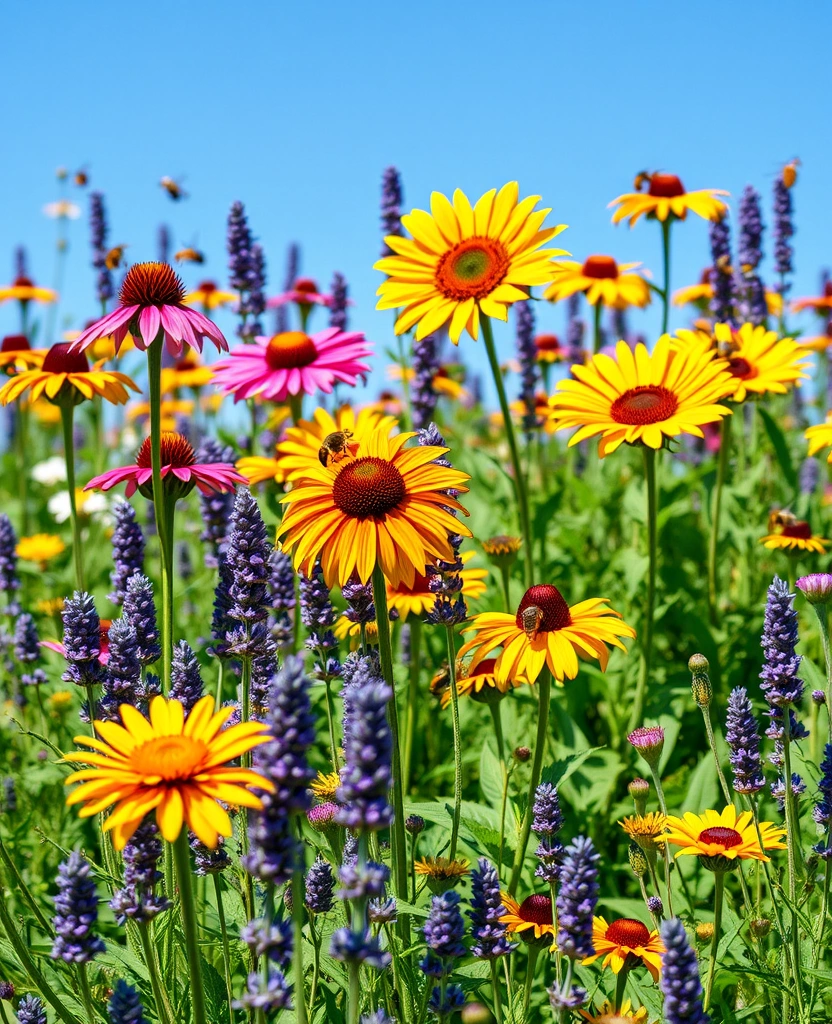
Creating a pollinator-friendly section in your garden layout is essential for attracting bees, butterflies, and other beneficial insects. Plant a variety of nectar-rich flowers and native plants to support local pollinator populations.
A diverse range of plants will not only benefit pollinators but also enhance the beauty and productivity of your garden. By prioritizing pollinator gardens, you contribute to the balance of nature and improve your harvest.
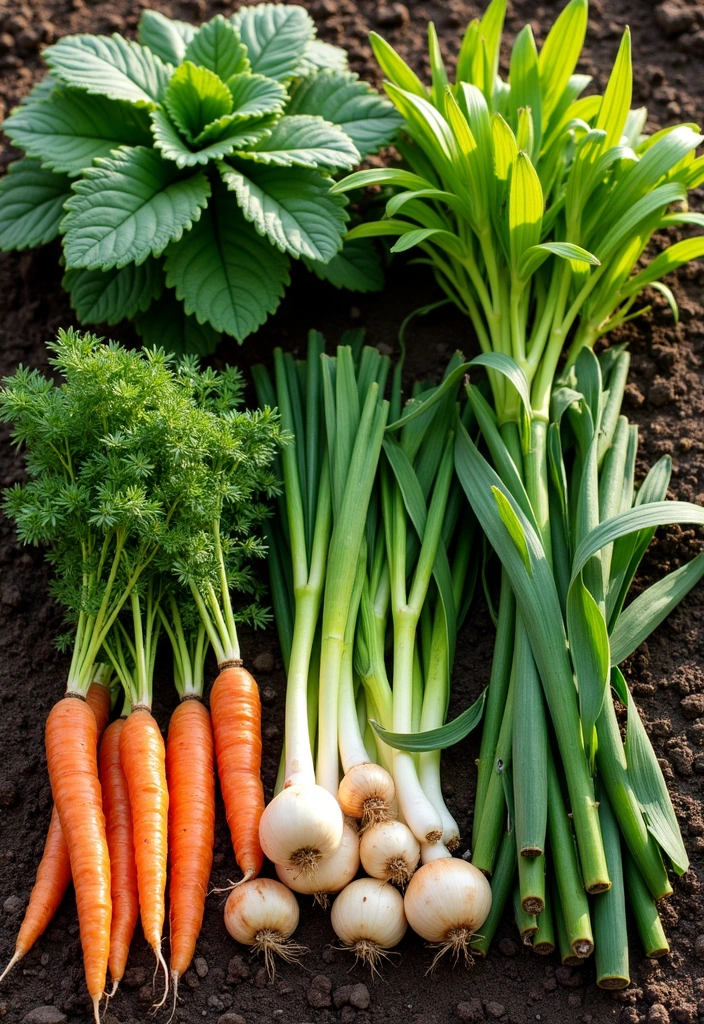
Companion planting is a technique that pairs plants together for mutual benefits, such as pest control and improved growth. For instance, planting carrots next to onions can deter carrot flies, while corn provides support for climbing beans.
By designing your garden layout with companion planting in mind, you can create a symbiotic environment that enhances plant health and productivity. Explore different combinations to find what works best for your homestead.
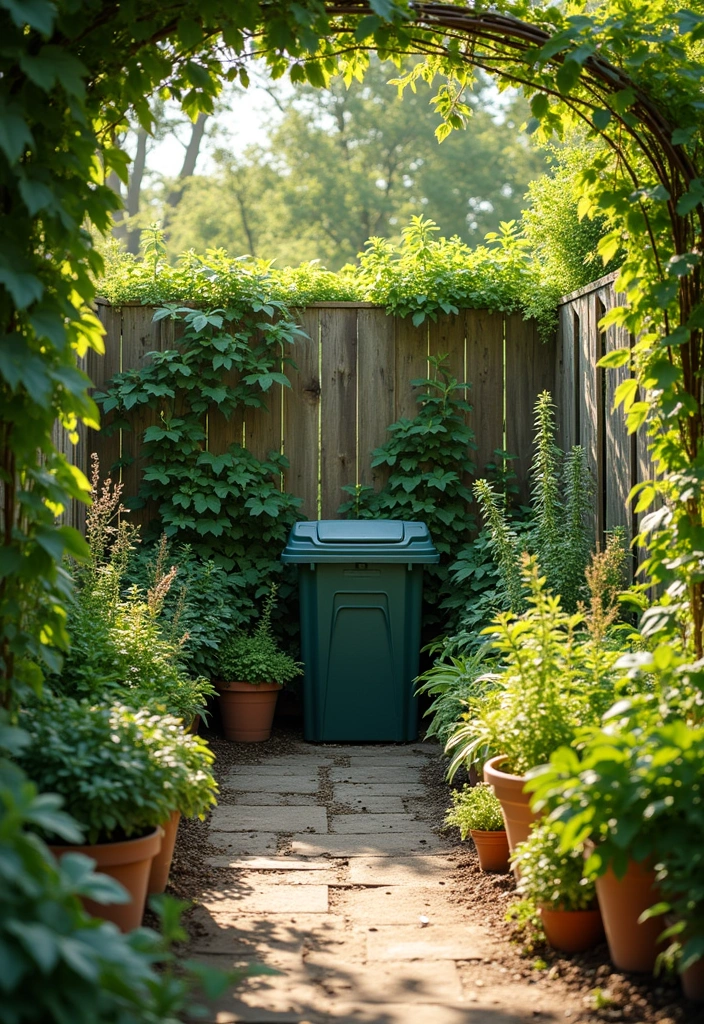
Utilizing the edges and corners of your garden can significantly increase your growing space. These areas often go underutilized, yet they can be transformed into productive zones for herbs, strawberries, or even compost bins.
Consider planting vertical structures like trellises or using containers to make the most of these spaces. Embracing the edges of your garden layout not only enhances aesthetics but also maximizes productivity.
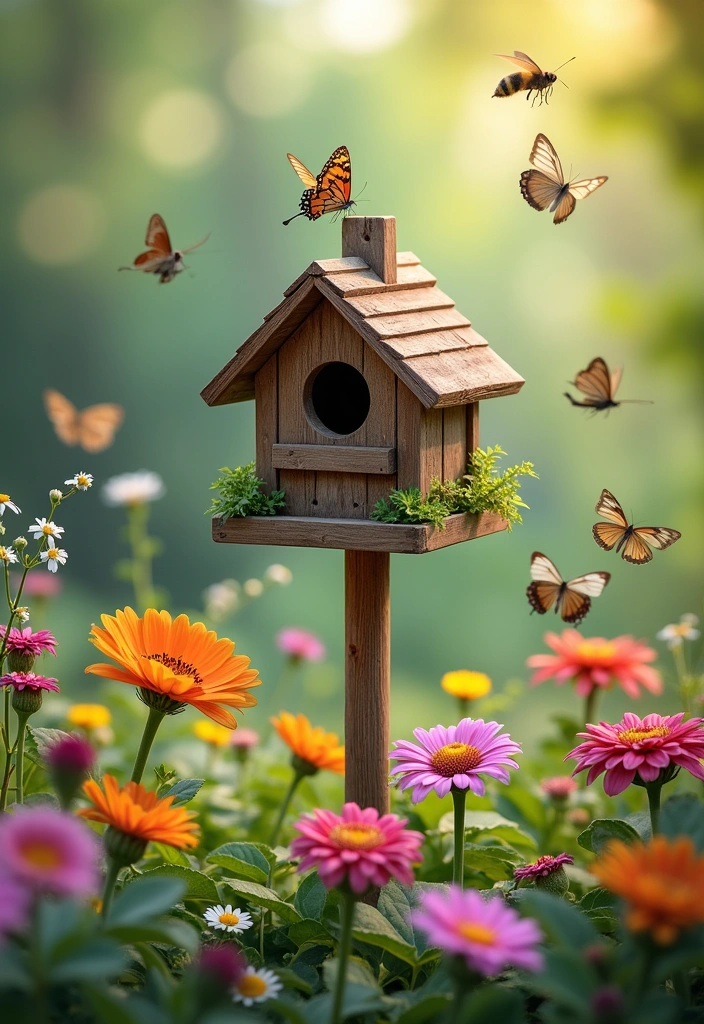
Designing your garden to support local wildlife can create a harmonious balance in your ecosystem. Incorporate birdhouses, butterfly gardens, and native plants to attract various species.
This not only benefits the wildlife but also enhances pollination and pest control in your garden. By creating a welcoming habitat, you’ll enjoy the beauty and benefits of nature while cultivating your homestead.
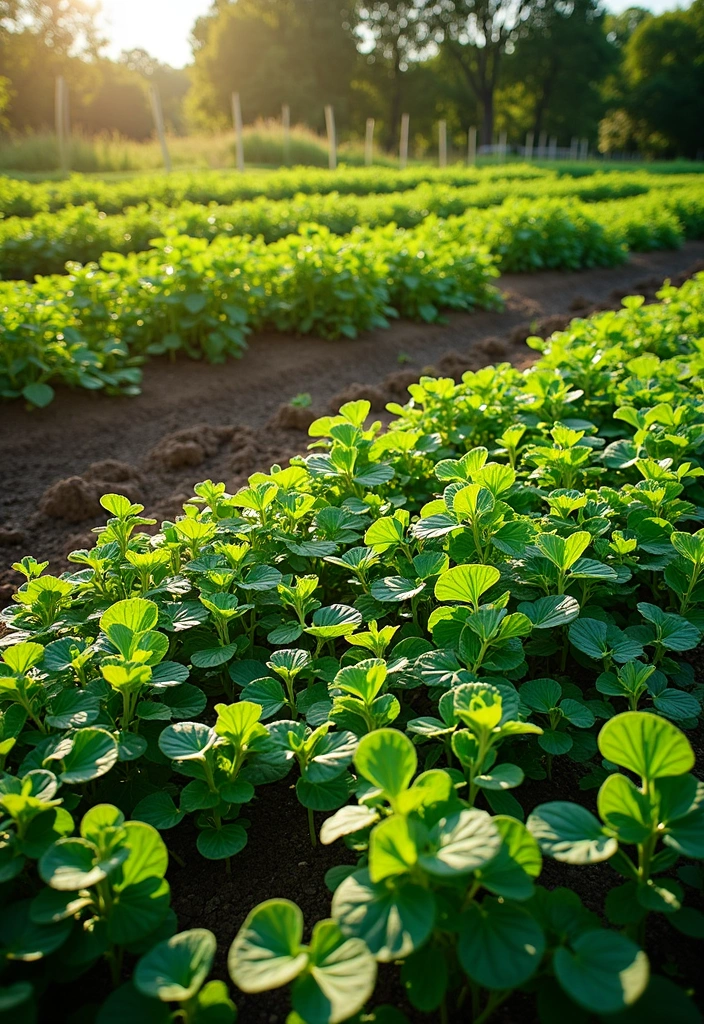
Green manures are cover crops grown to improve soil health, suppress weeds, and enhance nutrient content. Incorporating these plants into your garden layout can rejuvenate the soil, making it more fertile for future crops.
Common green manures include clover, vetch, and rye, which can be tilled back into the soil before planting. This sustainable practice not only promotes a healthier garden but also supports your homesteading goals.
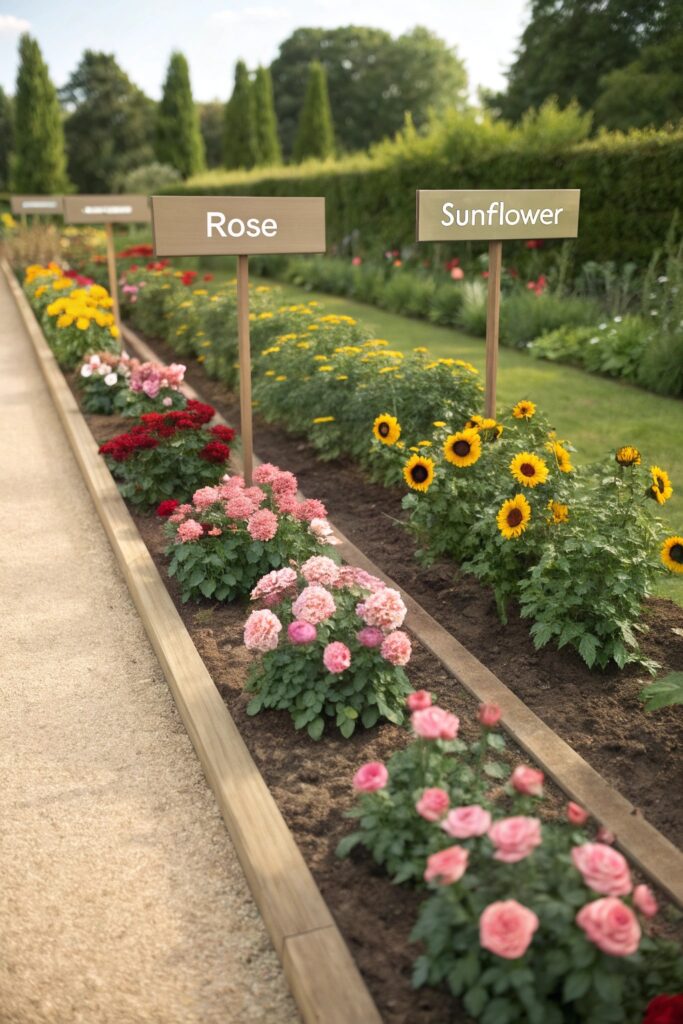
Labeling your plants is an effective way to keep your garden organized and easy to navigate. Use markers or garden labels to identify different plants, especially if you’re experimenting with various varieties.
This not only helps you track growth and care requirements but also adds a charming decorative element to your garden. A well-labeled garden layout makes it easier for anyone to enjoy the beauty and bounty of your homestead.
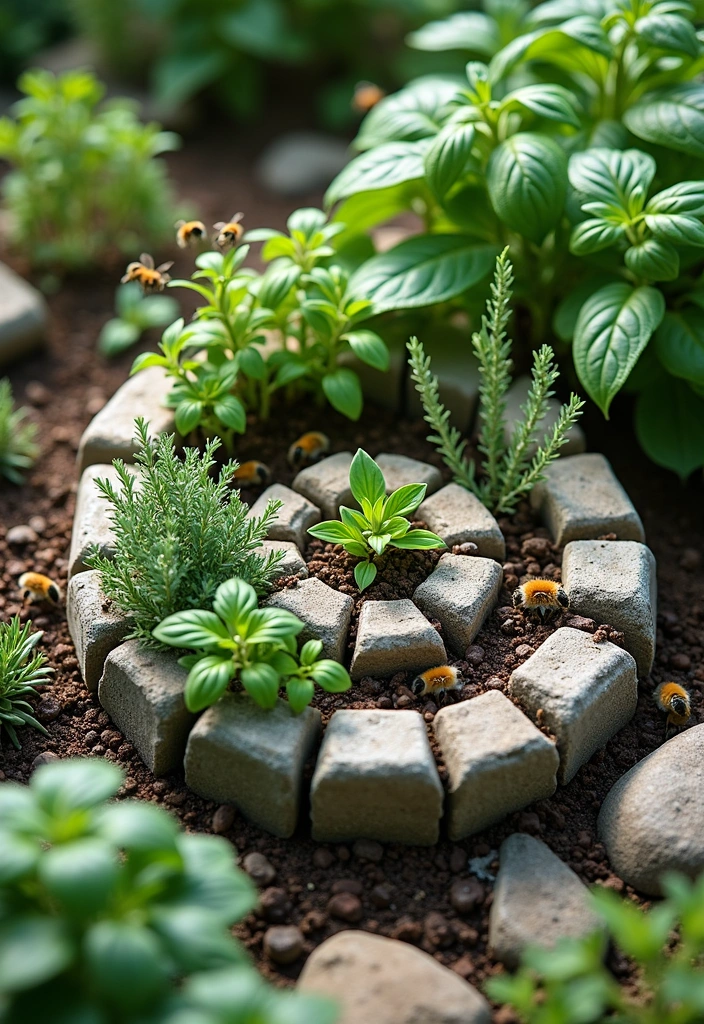
A herb spiral is a vertical garden design that allows for a diverse range of herbs to thrive in a compact space. This design utilizes both vertical and horizontal space, creating microclimates for different herbs.
By layering plants according to their needs for sunlight and water, you can maximize your herb production while adding an artistic touch to your garden layout. This unique structure not only saves space but also enhances the beauty of your homestead.
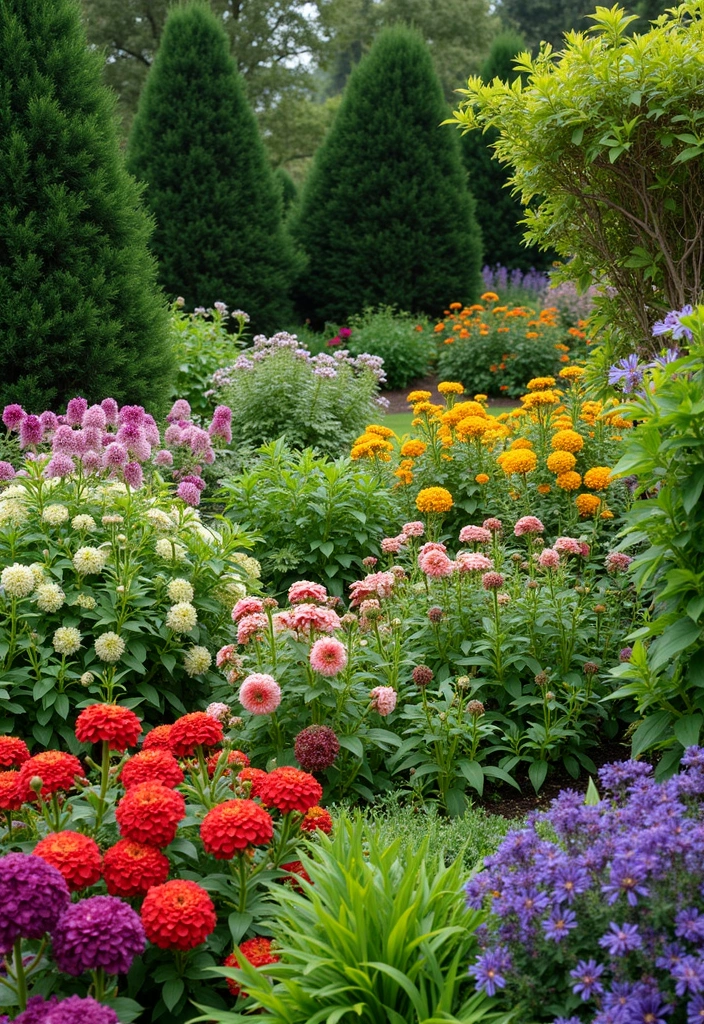
Incorporating plants that provide seasonal interest ensures your garden remains beautiful throughout the year. Choose a combination of flowering plants, colorful foliage, and evergreens to create visual appeal in every season.
By planning your garden layout with seasonal changes in mind, you can enjoy a dynamic landscape that evolves with the seasons. This thoughtful approach not only enhances aesthetics but also provides a continuous harvest throughout the year.
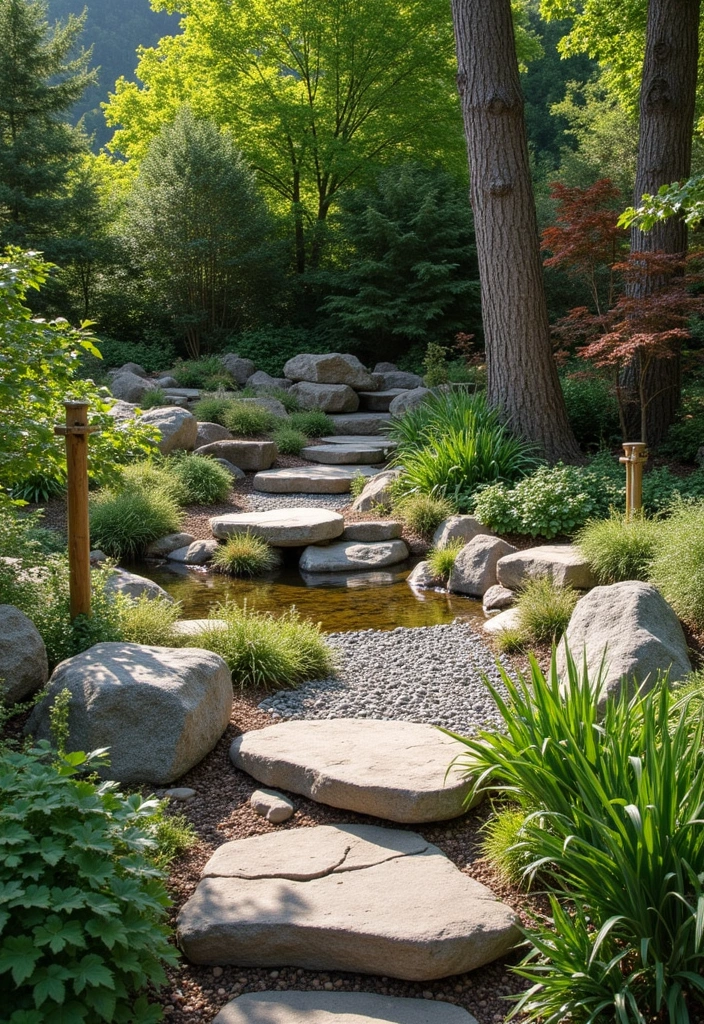
Look to nature for inspiration when designing your garden layout. Observe how plants grow in natural settings and try to mimic these arrangements in your own space.
Using natural patterns, colors, and textures can create a harmonious and visually appealing garden. Integrating elements like rocks, logs, and native plants can enhance the natural aesthetic of your homestead. By embracing the beauty of nature, you’ll cultivate a garden that feels alive and connected to its environment.
Transforming your garden into a thriving homestead is an exciting journey filled with creativity and sustainability. By implementing these 20 garden layout tips, you can create an efficient, beautiful, and productive space that reflects your personal style. Embrace the joy of gardening and let your homestead flourish with the beauty of nature!
